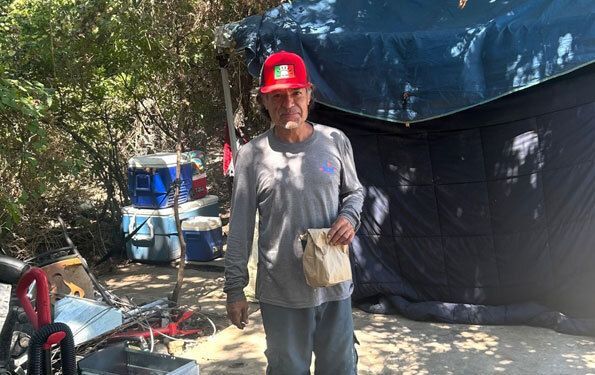Financial Impacts
All of Us
The economics of homelessness affect everyone. Tangible costs to taxpayers include over-use of community services such as healthcare systems (JPS), law enforcement, first responders/EMS, public libraries, code compliance, and more. In all of these areas, public resources are spent mitigating homelessness instead of solving it.
In 2022, Fort Worth Policed HOPE Unit responded to 1,612 camping complaints and worked 5,613 calls just in the East Lancaster area. City of Fort Worth Code Compliance cleaned up 516 camps and discarded 1,291,435 lbs of trash—nearly 646 tons. When camps are cleaned up but people have no place else to go, they simply find another place to camp, and the cycle starts again.
With the lifting of pandemic-era eviction moratoria, people began to lose their housing. By December 31, 2022, almost 5,000 households had been without a permanent place to live at some point during the year, up 38% over 2019. While Tarrant County is making great strides housing the chronically homeless; simultaneously, new households are becoming homeless at an alarming rate.
Businesses
Consider a business with even one person experiencing homelessness lingering. Maybe this person is camped out behind the building. Maybe this person regularly approaches customers and staff. The mere presence of this individual can have a negative effect through loss of property value, loss of clients/customers, and employee turnover.
The Costs of Simply Managing the Issue
A 2008 study by the City of Fort Worth Planning and Development Department found that costs associated with managing homelessness made the current system inefficient. Consider:
-
The annual cost of homelessness in Fort Worth and Tarrant County had been estimated at $30 million in public and private spending.
-
Two-thirds of those dollars were spent for reactive services that only manage—not end—homelessness.
-
The concentration of homeless services in Fort Worth’s East Lancaster Avenue corridor cost the city an estimated $45 to $779 million in lost taxable property value increases.

